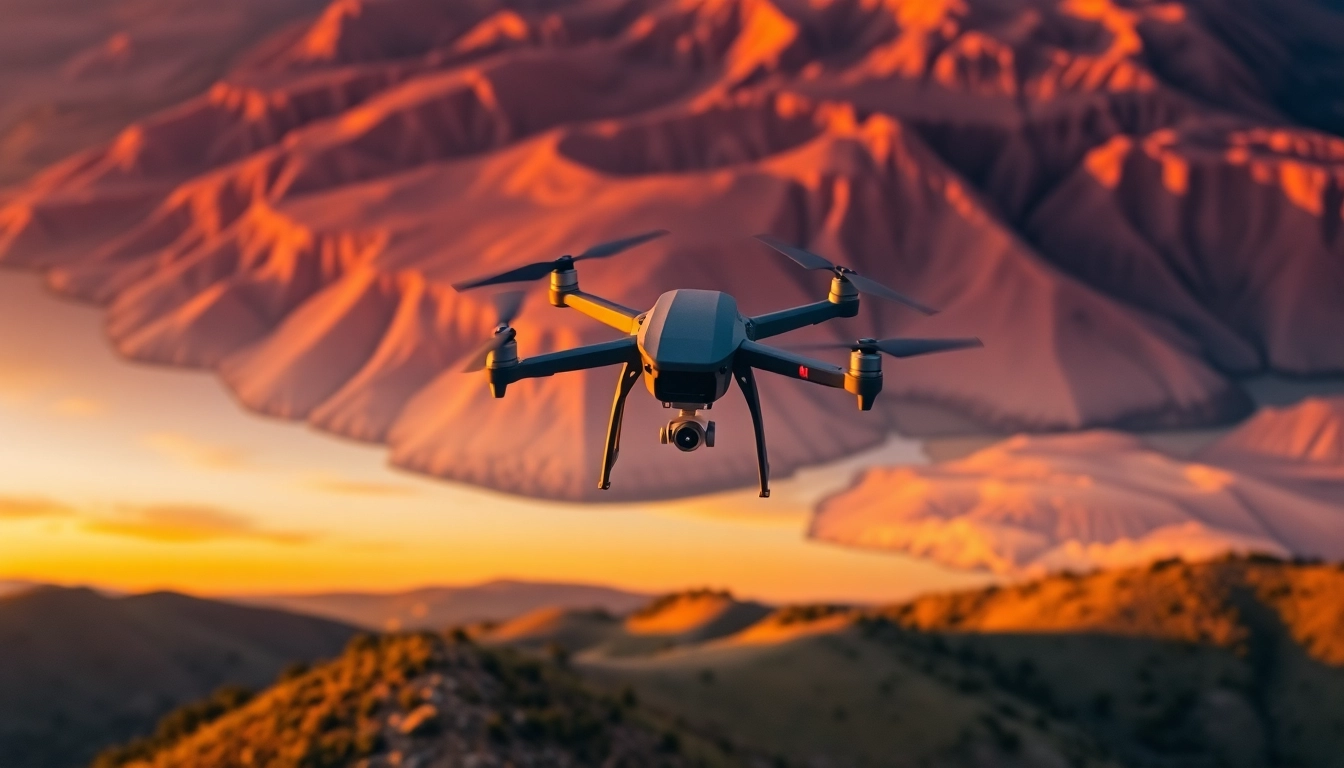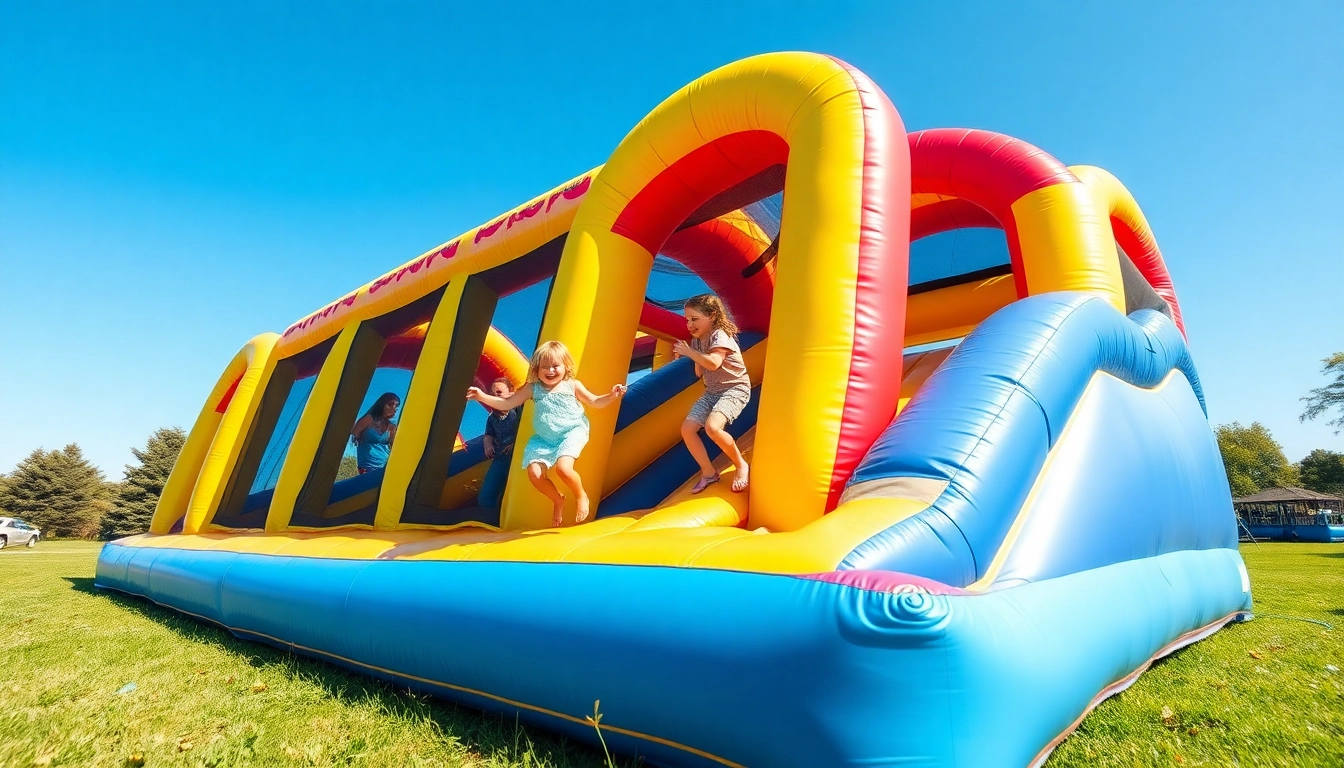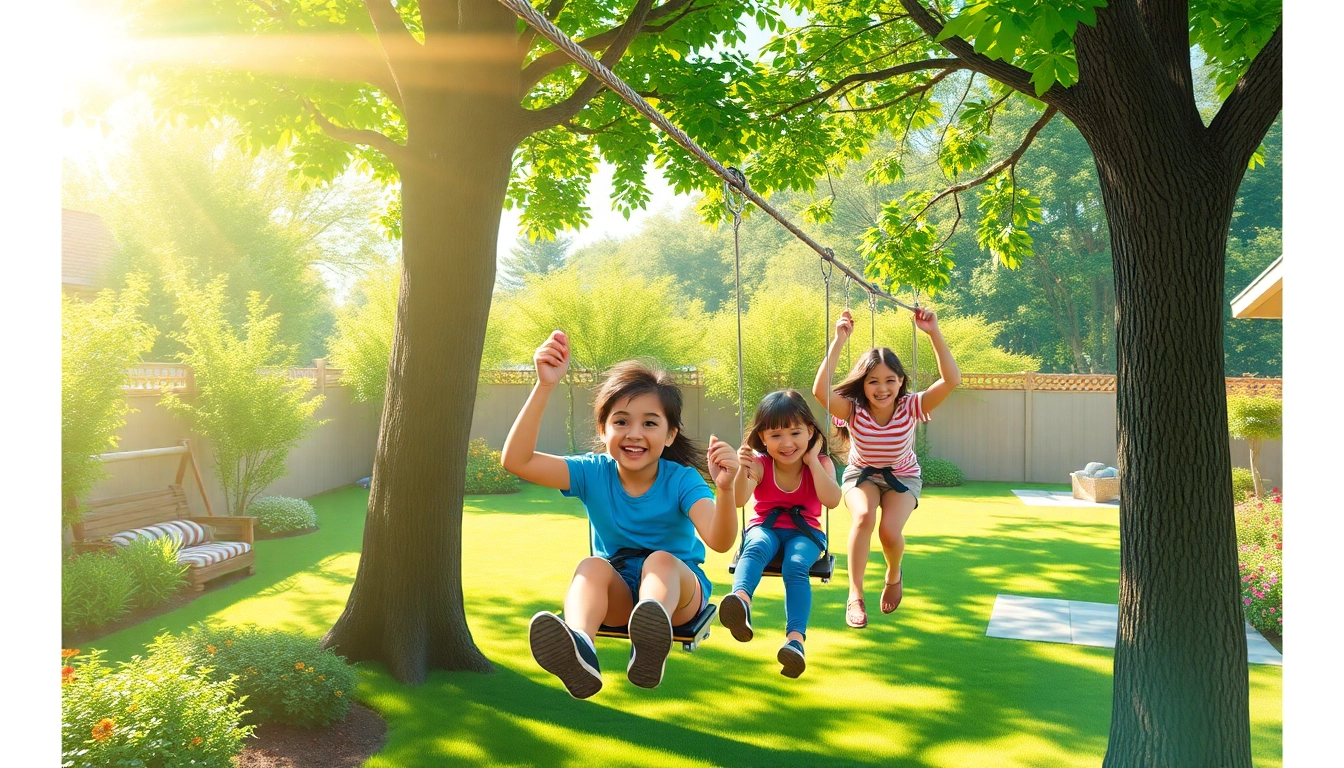Understanding Drone Photography Basics
What is Drone Photography?
Drone photography involves capturing images and videos using a drone, a remote-controlled aircraft equipped with a camera. This revolutionary technique allows photographers to shoot from unique angles and perspectives, providing a bird’s eye view of landscapes, events, and more. With drone photography tips, enthusiasts can elevate their aerial imagery and explore new creative avenues.
Equipment Essentials for Stunning Shots
To succeed in drone photography, having the right equipment is crucial. Below are the essential components:
- Drone: Various models are available, from beginner-friendly options like the DJI Mini 2 to advanced drones such as the DJI Mavic 3, known for its superior camera capabilities.
- Camera: Some drones come with built-in cameras, but if you’re looking for professional quality, consider a drone that allows you to attach a high-quality camera, such as a DSLR or mirrorless option.
- Gimbal: A 3-axis gimbal stabilizes your camera, ensuring smooth shots even when the drone is in motion.
- Accessories: Additional batteries, ND filters for better control of light, and propeller guards for safety can enhance both your experience and your results.
Basic Operating Skills: Getting Started
Operating a drone requires practice and awareness. Familiarizing yourself with the controls, practicing basic maneuvers, and understanding your drone’s features are essential first steps. Additionally, it’s vital to learn about aerial photography rules and best practices, including maintaining line-of-sight and checking local regulations before flying.
Key Drone Photography Tips for Amateurs
Choosing the Right Time and Location
Timing and location play a significant role in drone photography. Early mornings or late afternoons, known as the golden hours, provide the best natural lighting. The skies are often clearer, and the sunlight creates soft, diffused shadows that enhance landscape features. When selecting a location, consider the composition elements of the scene, ensuring a balance of interesting foregrounds, middlegrounds, and backgrounds.
Framing Your Shots: Composition Tips
Framing is crucial in drone photography to create visually appealing images. Use the rule of thirds to position key elements along the intersecting lines or their boundaries. Incorporate leading lines, such as roads or rivers, to guide the viewer’s eye through the photo. Experiment with different angles and heights, as drone photography allows for perspectives that are often unavailable to traditional photography.
Using Natural Light to Your Advantage
Light is one of the most critical components in photography. In drone photography, natural light can provide stunning effects, especially during sunrise or sunset. During these times, the warm light creates a beautiful glow, enhancing colors and textures. Moreover, pay attention to weather conditions; a slightly overcast day can reduce harsh shadows, producing softer lighting that can enhance the image’s overall quality.
Advanced Techniques in Drone Photography
Understanding Camera Settings for Aerial Shots
Exploring and mastering your drone’s camera settings is essential for achieving professional-quality shots. Adjust the ISO based on the lighting conditions; a lower ISO (100-200) is optimal for bright days, while a higher ISO may be needed in low-light scenarios. Setting the shutter speed correctly is crucial; a faster shutter (1/1000 sec) can freeze motion, while a slower shutter (1/30 sec) can create a motion blur effect. Additionally, consider the aperture settings – a wider aperture allows more light but reduces depth of field, while a smaller aperture increases depth but requires more light.
Incorporating Movement into Your Shots
Using movement in your aerial shots can add a dynamic element to your photography. Incorporate various flight paths; for instance, use the reveal technique, where you start near an object and then pull away to expose the broader landscape. You can also experiment with tilt and pan movements for varied perspectives. Combining these techniques with different altitudes can create engaging and visually captivating imagery.
Post-Processing Tips for Enhancing Images
Post-processing is where you can elevate your drone shots to an entirely new level. Software like Adobe Lightroom and Photoshop offers powerful tools to enhance colors, contrast, and sharpness. Cropping can help in emphasizing the subject, while exposure adjustments can bring out hidden details. Don’t shy away from utilizing presets and filters for a unique touch, but ensure they reflect your style and maintain the image’s integrity.
Common Challenges and Solutions
Overcoming Weather-Related Obstacles
Weather can pose significant challenges in drone photography. Wind can cause instability, while rain can damage the equipment. Always check local weather forecasts before flying, and be prepared to adapt your plans. If the conditions aren’t ideal, consider waiting for clearer skies or using dedicated weather-resistant drones for more challenging environments.
Dealing with Regulatory Restrictions
Understanding and adhering to drone regulations is paramount. Each country has specific laws governing drone usage, including maximum altitudes, no-fly zones, and registration requirements. Before flying, always review the local regulations and ensure your drone is legally compliant. Utilizing apps like AirMap or UAV Forecast can help you stay updated on regulatory changes.
Handling Technical Issues Safely
Technical issues can arise unexpectedly. Regular maintenance checks, such as inspecting propellers and batteries, can prevent breakdowns in the field. Always have a contingency plan; for example, know how to execute an emergency landing. Familiarizing yourself with your drone’s emergency features, such as returning-to-home functions, protects your equipment and the surrounding area.
Showcasing Your Drone Photography Work
Platforms for Sharing Your Aerial Imagery
Sharing your drone photography is essential for gaining recognition and receiving constructive feedback. Social media platforms like Instagram and Facebook are popular for visual content, while specialized forums such as the Drone Photography section on Reddit offer a community atmosphere. YouTube can also be a powerful platform for sharing videos, showcasing your drone skills and techniques while reaching a broader audience.
Building a Portfolio: Tips for Success
A well-curated portfolio is crucial for showcasing your best work. Begin with a cohesive theme that reflects your style, presenting images that highlight diverse perspectives and techniques. Utilize online portfolio sites like Behance or create a personal website to gather your work. Be sure to include detailed descriptions of the techniques used in each shot, which can delight potential clients and fellow enthusiasts alike.
Engaging with the Drone Photography Community
Engaging with the drone photography community can foster collaboration and inspiration. Join local or online photography groups that focus on aerial photography. Participate in contests or challenges to inspire your creativity and gain visibility. Attending workshops or meetups can also provide valuable hands-on experience and networking opportunities, ultimately leading to professional growth and enhanced skill development.



